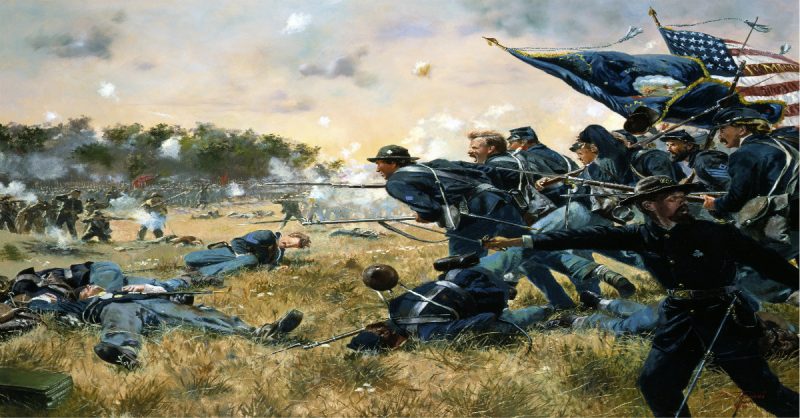Here’s a list of 8 battle cries that have carved their own place in war history and the stories behind them.
Soldiers, being humans, also feel fear in face of actual combat. That is the reason why armies have adopted these tactics to boost the morale of their troops when needed — battle cries and military slogans. That being said, below are 8 legendary battle cries throughout war history and of course, the stories behind each of them.
Barritus [Ancient Romans]
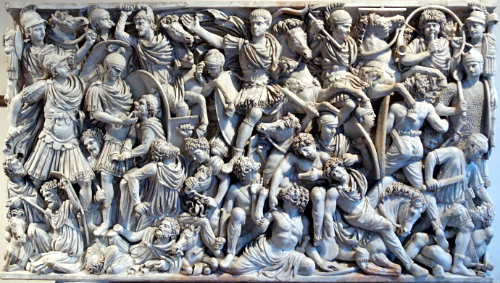
According to historians, ancient Roman soldiers have several battle cries designed to intimidate their opponents. As a matter of fact, some of these war cries are described as resembling that of stampeding elephants
One particular battle yell they were fond of was the Barritus which the Romans borrowed from Germanic warriors many of whom already joined their ranks. Ancient Roman soldiers usually march into battle in silence as this was their way of maintaining order among their ranks. However, once they came face-to-face with their enemy, all hell break loose.
As the the Roman chronicler Tacitus put it, Barritus was a “harsh, intermittent roar that built up in volume”. As he described in his account, the reason for the volume build up was how the ancient Roman troops let out the cry — “hold their shield in front of their mouths, so that the sound is amplified into a deeper crescendo by the reverberation”.
Put together, the cry turned from a low, sinister murmur to a frightening shout.
Alala/Eleleu [Ancient Greeks]
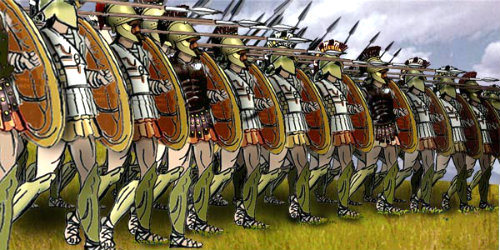
If the sound of some of the battle cries of the ancient Romans resemble that of an elephant stampede, the sound of the ancient Greeks’ battle cries are described as sounding like flocks of screeching birds.
Unlike the ancient Roman troops, ancient Greek soldiers loved to make noises as they march to the battlefield. In their carefully arranged phalanx formation, the troops march while singing battle hymns, paeans as they were called. The purpose of these songs were to invoke the sun god, Apollo, as well as to help in calming their battle jitters.
But when they reach within striking distance of their enemy, they stop singing and would then proceed to screaming out their war cry – Alala! or Eleleu! – all the while beating their shields with their weapons to scare enemy horses.
This ancient Greek battle cry was so well-known that even the ancient poet Pindar brought it up in his 5th century PC poem:
“Hear me, Alala, daughter of Ares, prelude of the spears,
you to whom men fall as offerings for their homeland in death’s holy sacrifice.”
Deus Hoc Vult [Crusades]
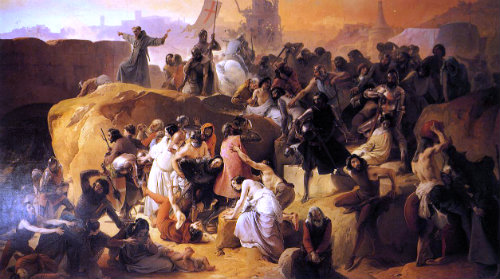
It was in 1095 that the Crusades were launched by Pope Urban II after he gave out his speech which urged European Christians – in what was described as a spiritual quest – to seize the Holy Lands from the hands of the Muslims.
It was during this event that the third in this list of battle cries come from. Accordingly, after the pope gave out his passionate speech, the crowds were said to have shouted “Deus Hoc Vult!” which meant “God wills it!” in support of the pope’s call. Upon hearing the shout, Pope Urban II said these words: “Let this then be your war cry in combat, because this word is given to you by God. When an armed attack is made upon the enemy, let this one cry be raised by all the soldiers of God: It is the will of God! It is the will of God!”
The shout echoed in many battlefields during the First Crusade ending with the bloodstained siege of Jerusalem. It went on to be the war cry of crusaders until the last Crusade, which occurred late of 13th century.
Give Me Liberty or Give Me Death! [American Revolution]
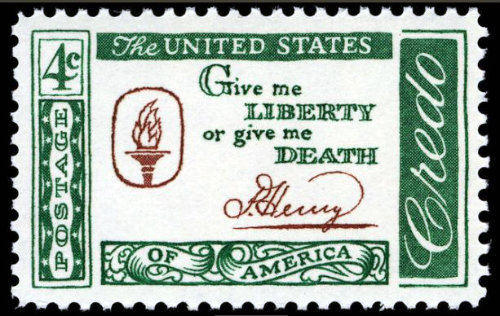
The fourth in this list of battle cries date back to the American Revolution.
The revolution did give rise to many passionate rallying cries like “Don’t Tread on Me” or “No Taxation Without Representation” and even “Join or Die” but not one of these could compare to the impact the words “Give Me Liberty or Give Me Death!” had.
This phrase was uttered by Patrick Henry in his address on March of 1775 and was part of the speech’s concluding line . . . “I know not what course others may take; but as for me, give me liberty or give me death!”.
Henry’s impassioned speech was the persuasion the Second Virginia Convention needed to raise arms. And so, the phrase “Liberty or Death!” was adopted by colonial minutemen as their battle cry. It was, to them, a symbol resolve to break free from British rule.
Banners embellished with these three words were soon carried by Virginia militia recruits in their marches. Some even sewed the war slogan on their shirts!
The popular American Revolution battle cry made a comeback years later during the American Civil War. During this time, some Confederate units placed the words on their flags as a symbol of their belief that the conflict was a second American Revolution.
Remember the Alamo [Battle of the Alamo, Texas Revolution]
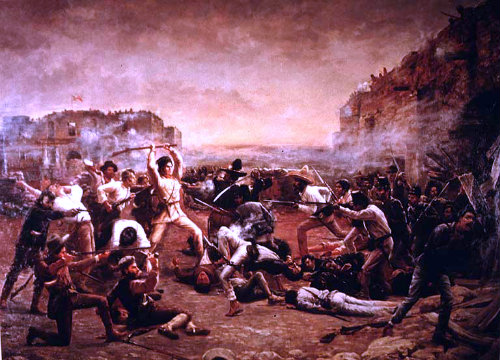
The fifth battle cry in this list of battle cries that are the stuff of legends was used by the American troops during the Mexican-American War which took place between 1846 to 1848 but its origin was during the Battle of the Alamo, a climactic event in the Texas Revolution [fighting between the Mexicans and the American settlers in Texas which was then a Mexican province].
The battle, which went from February 23 to March 6, 1836, ended with the fall of the Alamo and all its Texian defenders [English-speaking Texas settlers] dead. But the cruelty of the Mexican Army during the said conflict fired up Texas settlers as well as adventurers from the United States to join the Texian Army and eventually, defeat the Mexicans in the Battle of San Jacinto leading to the capture of Santa Anna.
General Sam Houston was among the military leaders that time to use the “Remember the Alamo” war cry to rouse their troops to avenge those who died during the fall of the Alamo.
The Rebel Yell [Confederate Soldiers, American Civil War]
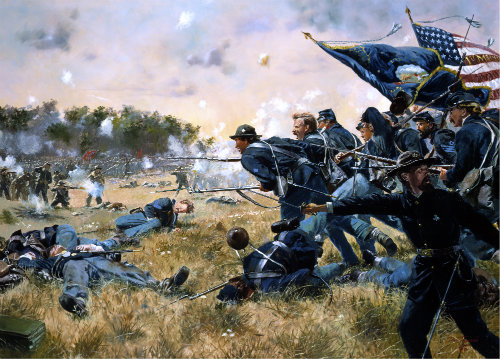
The sixth in this list of legendary battle cries is the rebel yell, the notorious war cry used by Confederate soldiers during the American Civil War. The banshee scream, described as the most horrid and intense sound heard, was the calling card of the Confederacy throughout the conflict.
“It was the ugliest sound that any mortal ever heard—even a mortal exhausted and unnerved by two days of hard fighting, without sleep, without rest, without food and without hope” . . . was how Ambrose Bierce, a Union Army vet and well-known writer, described the rebel yell.
However, as much as it was ill-famed, there’s still a great debate until now among historians at what exactly the rebel yell sounded like.
If later recordings made by elderly Confederate veterans are made the basis, the rebel yell sounded like a “shrill yelp” much like the call of a coyote. But then, the war cry itself would have varied from unit to unit. Whatever it was, the rebel yell was a vital tool for the Confederates when they were in the battlefield.
No Land Beyond the Volga [The Battle of Stalingrad, WWII]
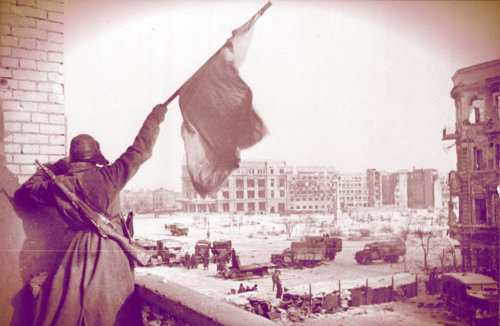
the Battle of Stalingrad was one of, if not the most decisive battle during the Second World War. It inflicted heavy losses on Nazi Germany, a factor that led to its defeat against the Allies. It is also the single biggest and bloodiest battle throughout war history as it wasn’t only the German Wehrmacht that suffered great loss; a large number of Stalin’s Red Army and even civilians living in Stalingrad were killed in combat, too.
The seventh war cry in this list of battle cries came from this battle uttered by Soviet Union soldiers whose grit and determination surprised the unsuspecting Nazis who expected to steamroll their way through the city within weeks.
“There is no land for us beyond the Volga!” was the cry used by the Soviet soldiers as they fought of Hitler’s men. They valiantly defended the city only yielding in their deaths. This determination to the end dragged the conflict for months and eventually ended with the defeat of the Nazi German forces. To date, historians consider the Battle of Stalingrad the most important victory of the Allies in WWII.
The “No Land Beyond the Volga” war cry was later on engraved on a memorial put up in honor of the Stalingrad defenders.
Tenno Heika Banzai [Imperial Japanese soldiers, WWII]
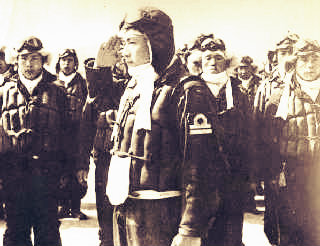
Tenno Heika Banzai or just Banzai, the last in this list of legendary battle cries, gained recognition when the Imperial Japanese Army, in its bid win against the Allies, did the Banzai charges — a do-or-die human wave attack where Japanese soldiers run headlong into American lines [America being the Allied force fighting in the Pacific Theater of WWII].
Furthermore, kamikaze pilots – the suicide pilots of the Japanese Army – were also known to shout out the war cry as they crash their aircraft into their enemy’s navy ships.
But Banzai did not start as a war cry. In fact, it was a generic salutation uttered by both Japanese soldiers and civilians alike. The word’s literal meaning is ten thousand years signifying long life and joy. This greeting had long been used in the country before it became the well-known war cry in WWII.
Tenno Heika Banzai is roughly translated as “Long live the Emperor!”.
Special Mention: Ahoy!
Ahoy! may be a common nautical jargon at present but many historians believe that it used to be a Viking battle cry shouted out by Viking warriors as their ships landed on the shores of their enemies.
